What to avoid with your cast iron pan
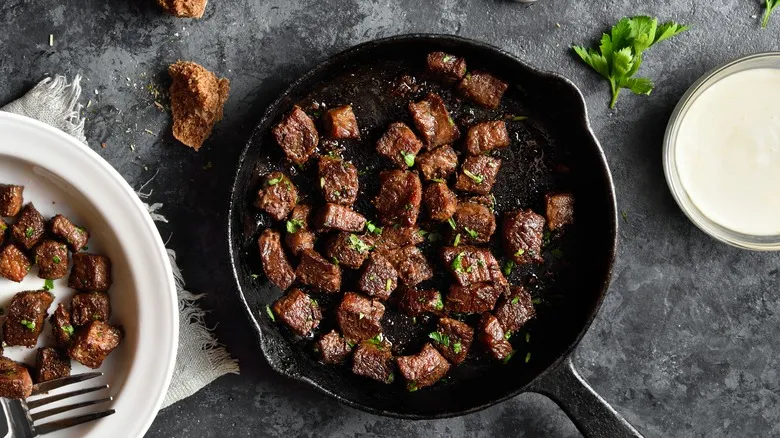
To maintain your skillet in excellent condition, it's important to properly follow the steps of washing, drying, and seasoning. For instance, when cleaning your skillet, avoid using steel wool, as it can damage the seasoning and the surface of the pan. Instead, opt for a scrubbing pad, a plastic bristle brush, or a chainmail pad designed for removing stubborn food from cast iron. For particularly tough residues, a pan scraper can be used gently.
Additionally, refrain from submerging your cast iron skillet in water. This means you should not place it in the dishwasher or leave water in it to loosen stuck-on food. Prolonged exposure to water can lead to rust, which is difficult to remove and can harm your pan. Regardless of how dirty your skillet may be, the best practice is to clean it immediately after use. After the initial wash, using room temperature water with a small amount of soap should suffice, or you can rub coarse salt over the pan with a paper towel to eliminate stubborn bits of grime.
More maintenance tips
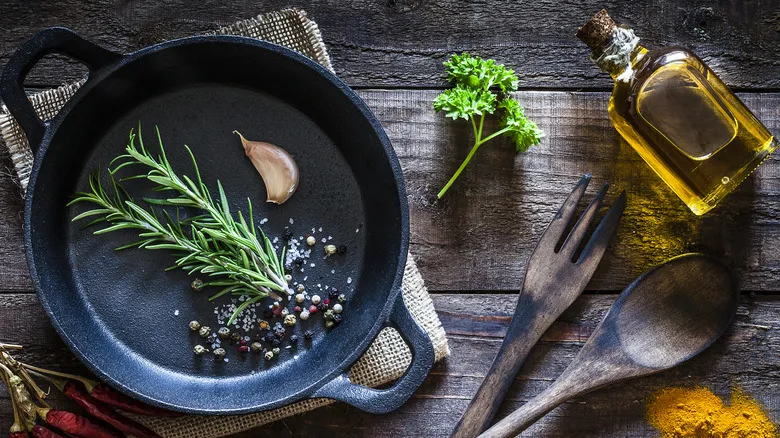
If you're having difficulty removing food that has stuck to your cast iron pan, try filling it with a little water and letting it simmer on the stove. After a few minutes, pour out the water and use a scraper to remove the food while the skillet is still warm; any leftover bits should come off easily. Since water can lead to rust, it's crucial to ensure your skillet is completely dry before storing it.
In addition to keeping it clean, there’s not much else you need to do to care for your skillet. You can season it in the oven every few months, but you can also naturally season your cast iron skillet just by cooking with it. Preparing dishes that require a lot of fat, such as fried chicken, fried eggs, or bacon, will create a layer of oil on the surface. This is why you should avoid excessive cleaning—over time, your cast iron pan will develop a seasoning patina that helps prevent rust, reduces food sticking, and enhances the flavor of your meals.
Recommended
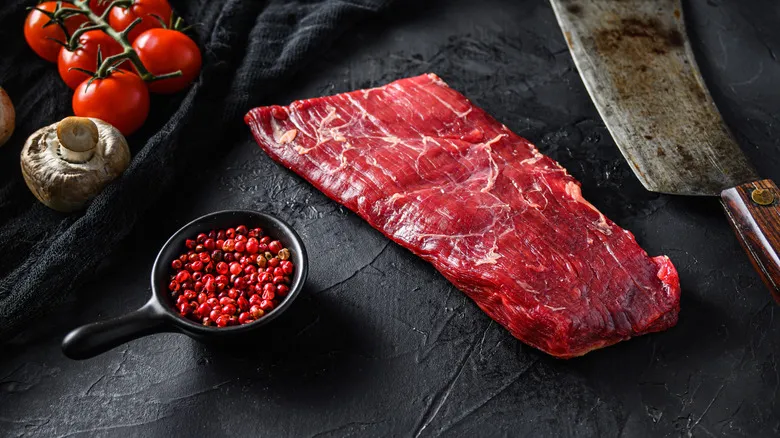
Here's The Best Way To Cook A Flap Steak
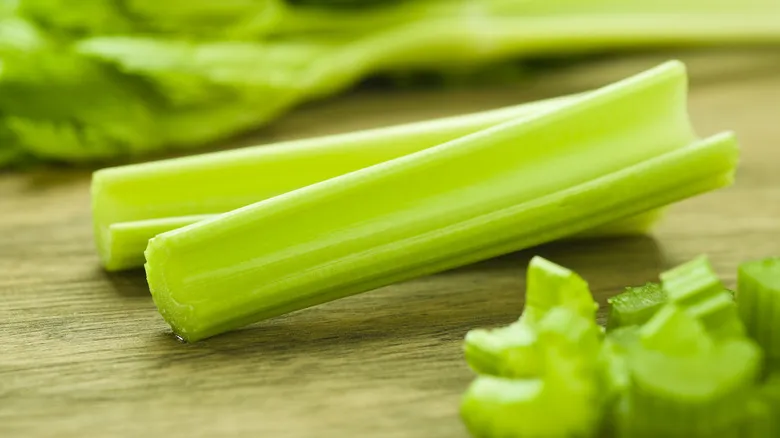
Why You Should Never Put Celery Down The Garbage Disposal
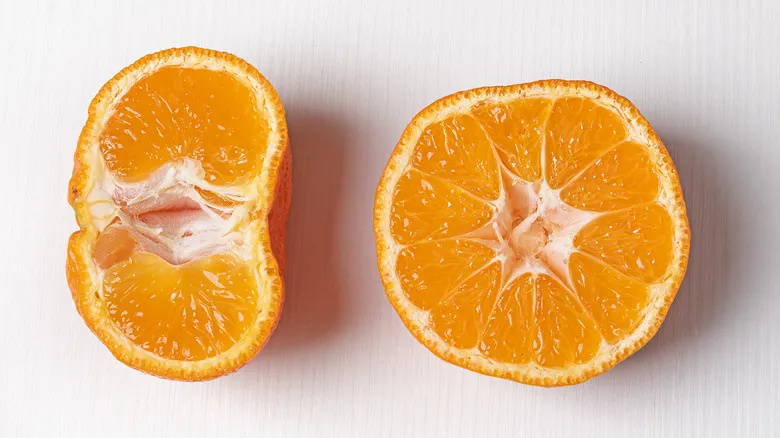
What It Means When A Recipe Says To Slice Lengthwise Or Crosswise
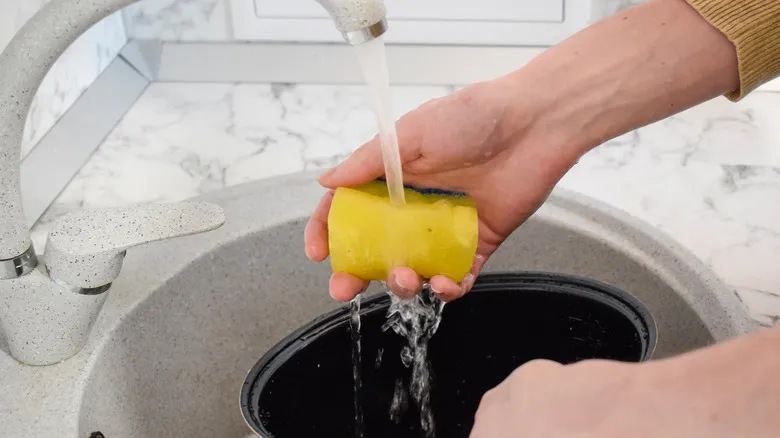
The Best Way To Clean Your Crusty Crock Pot So It Looks Brand New
Next up

